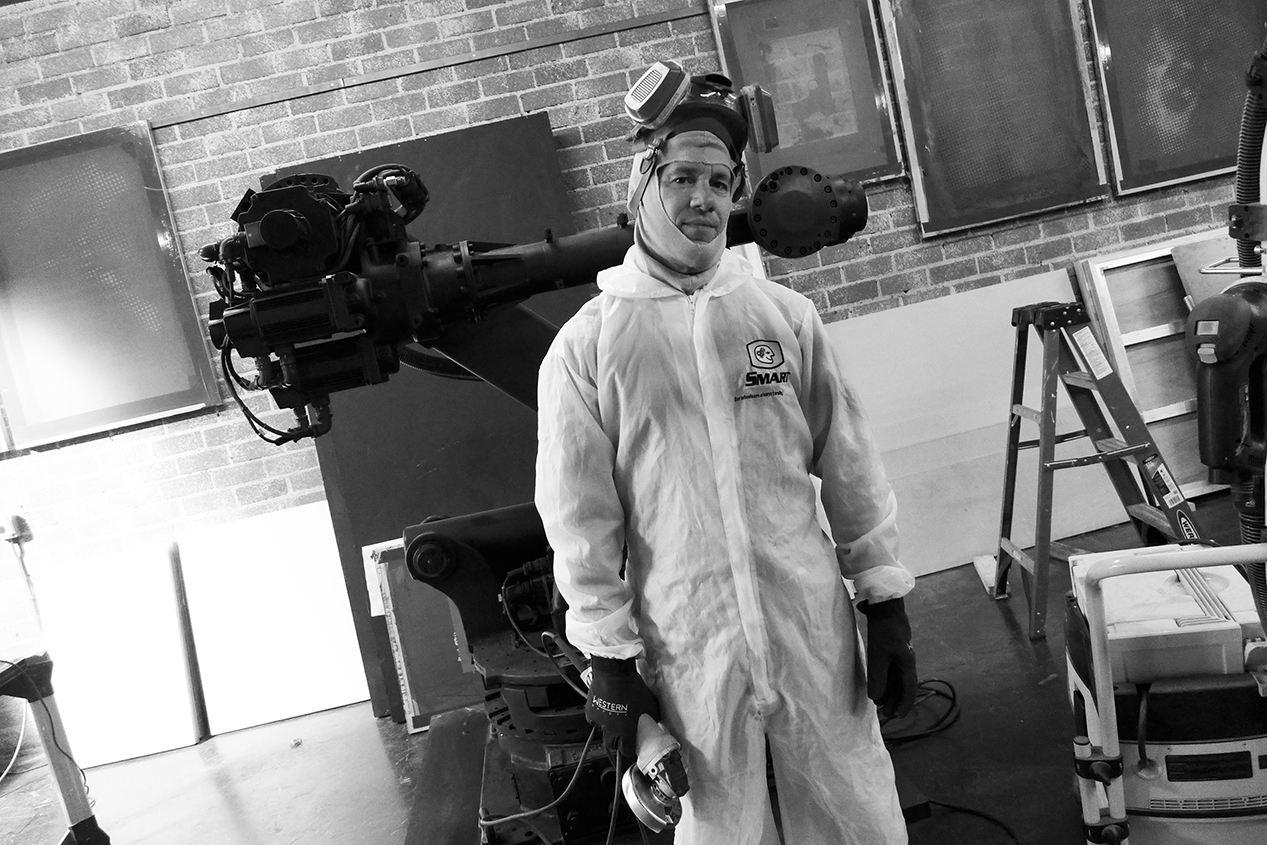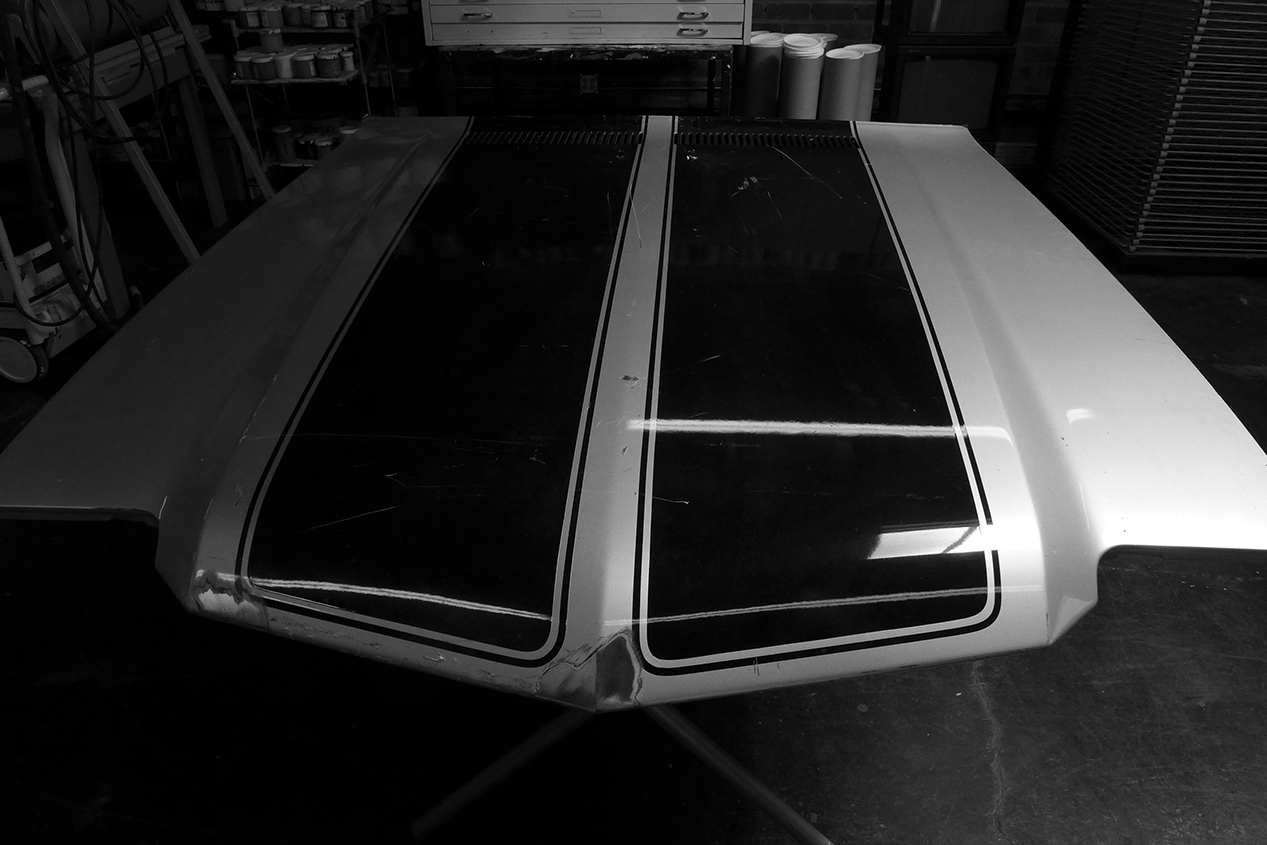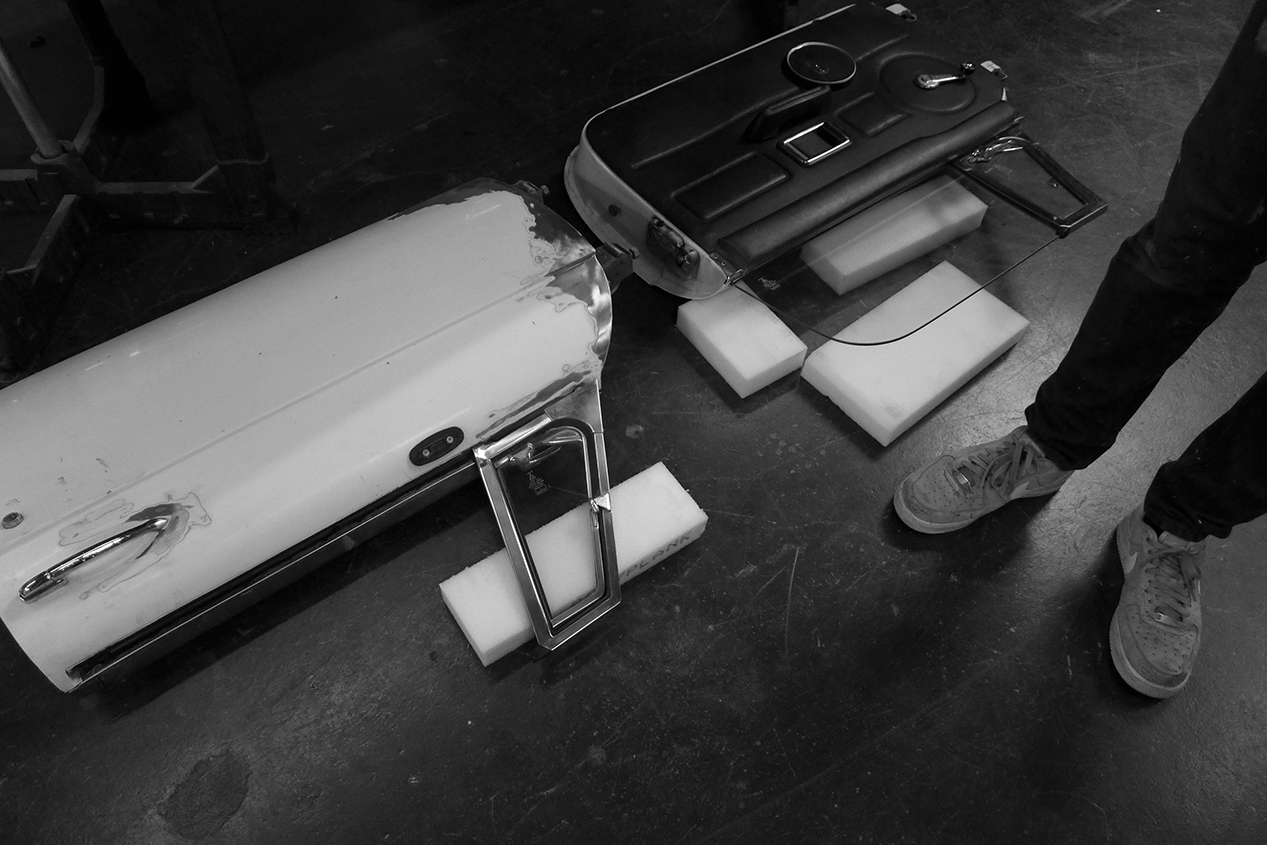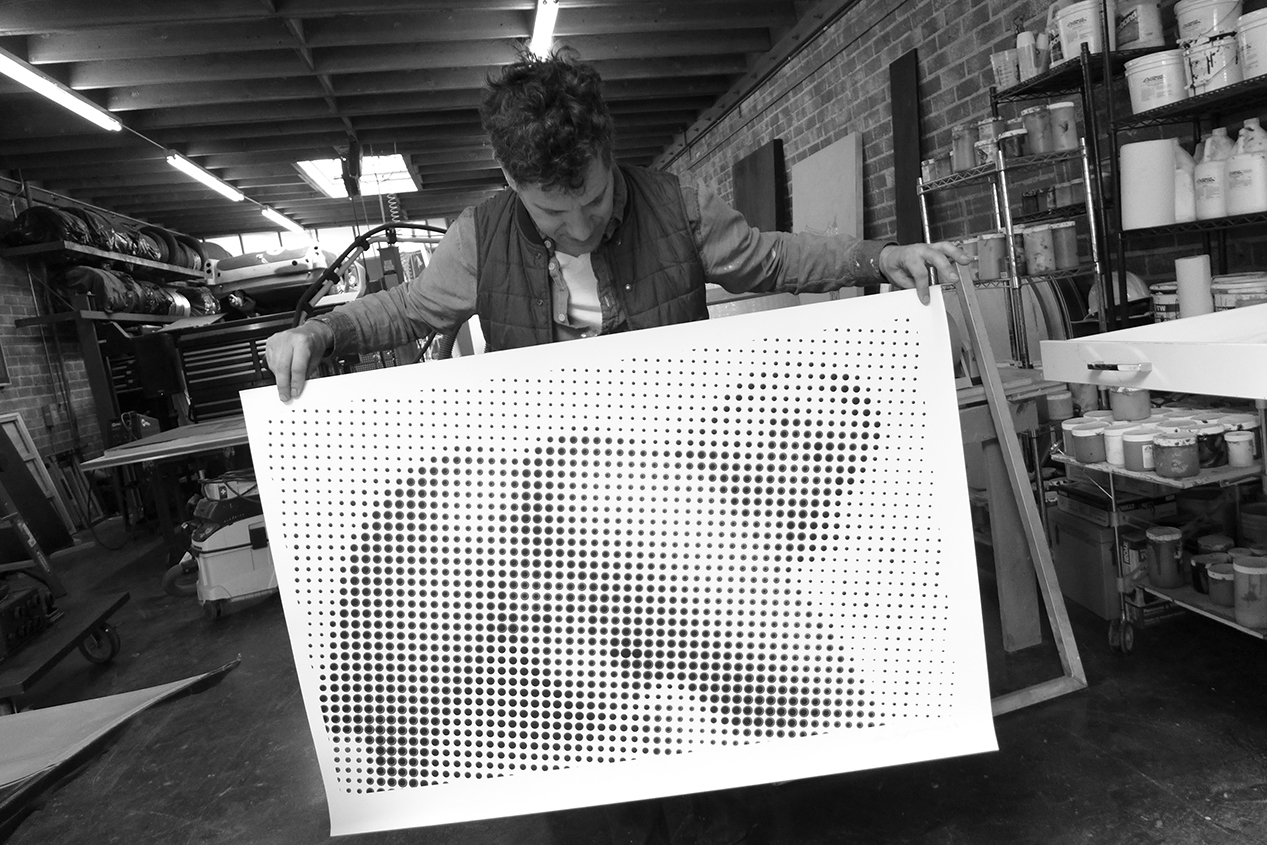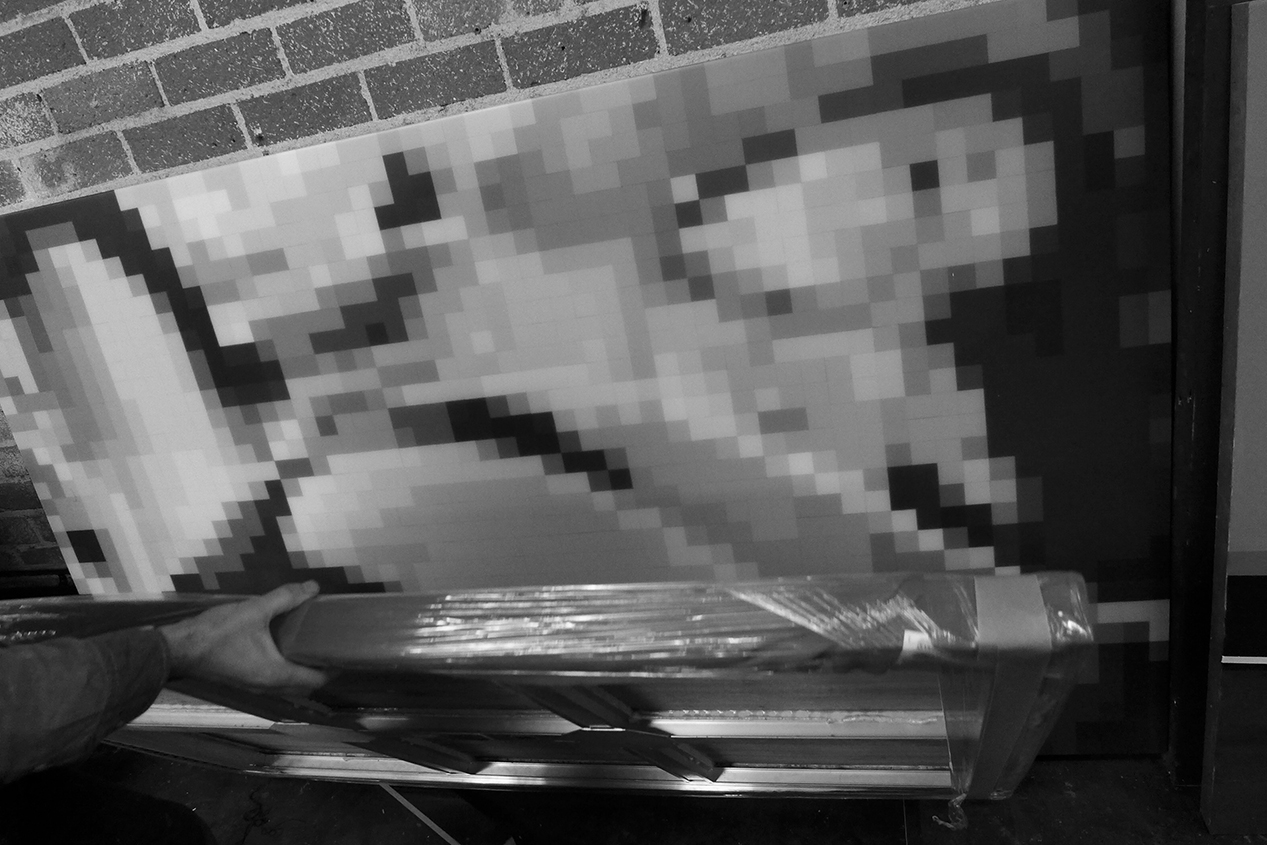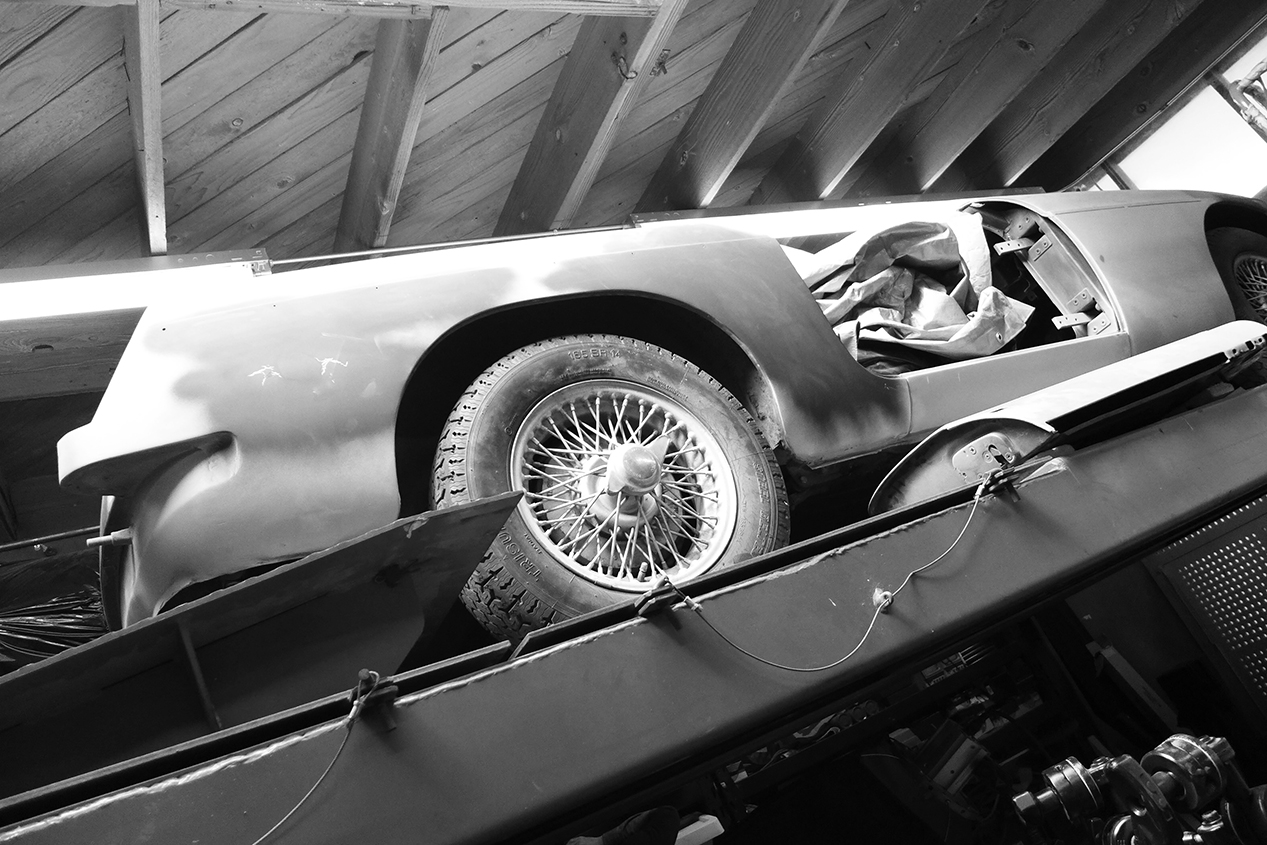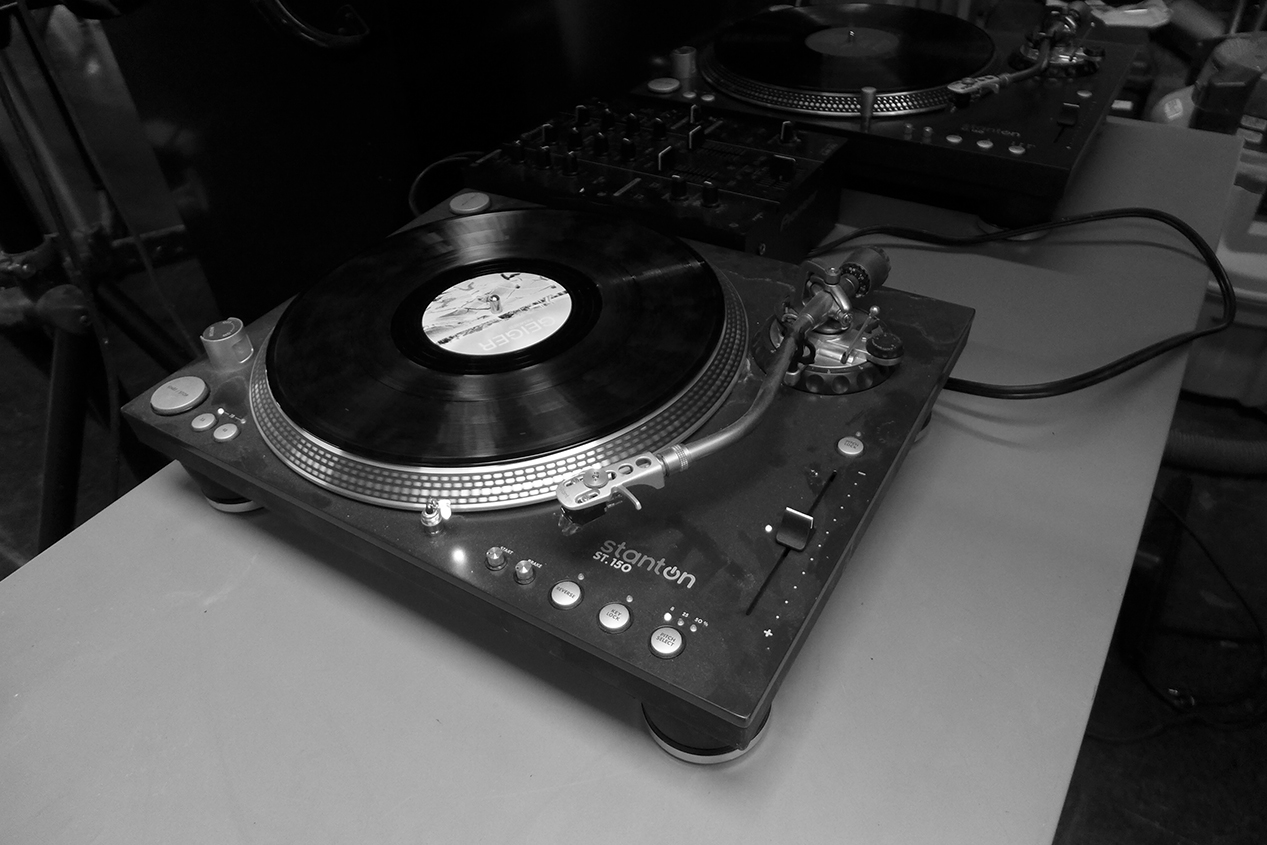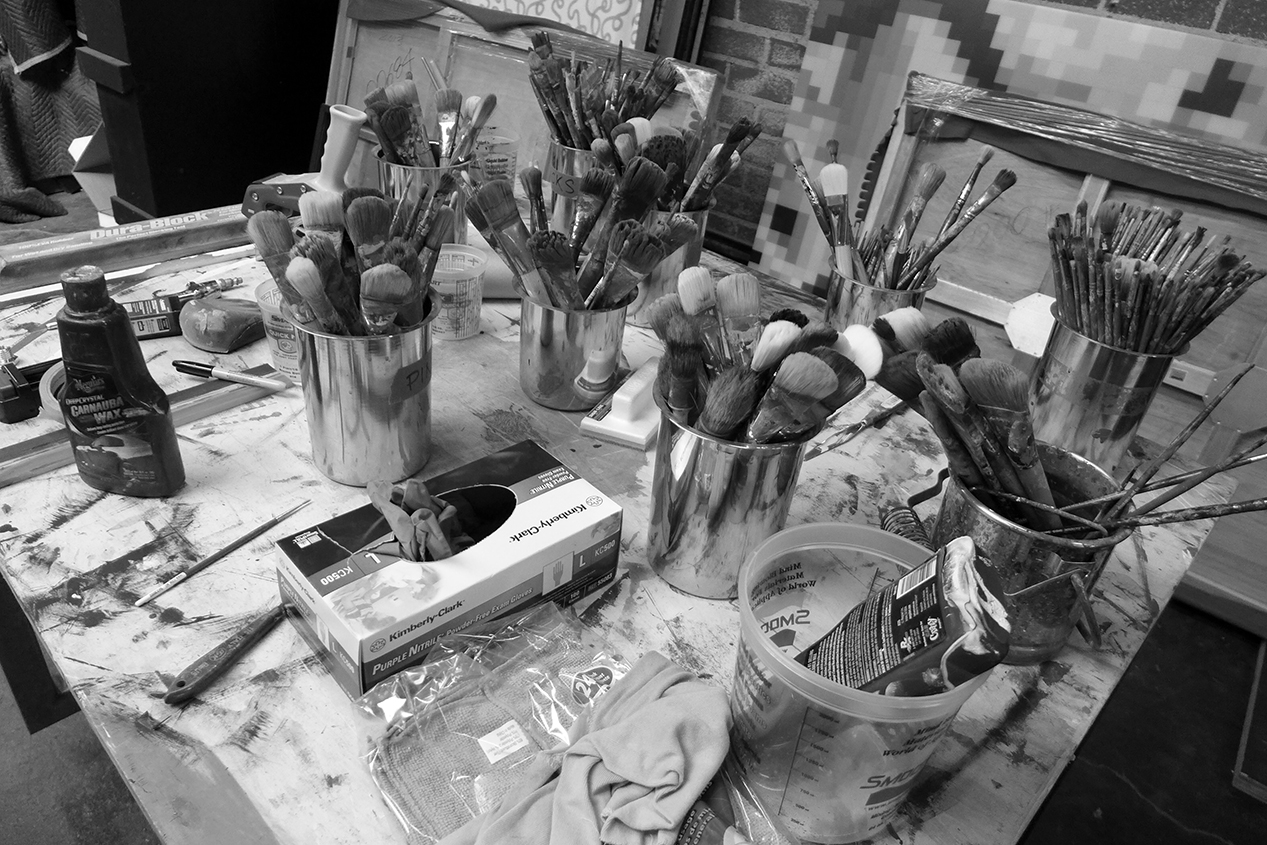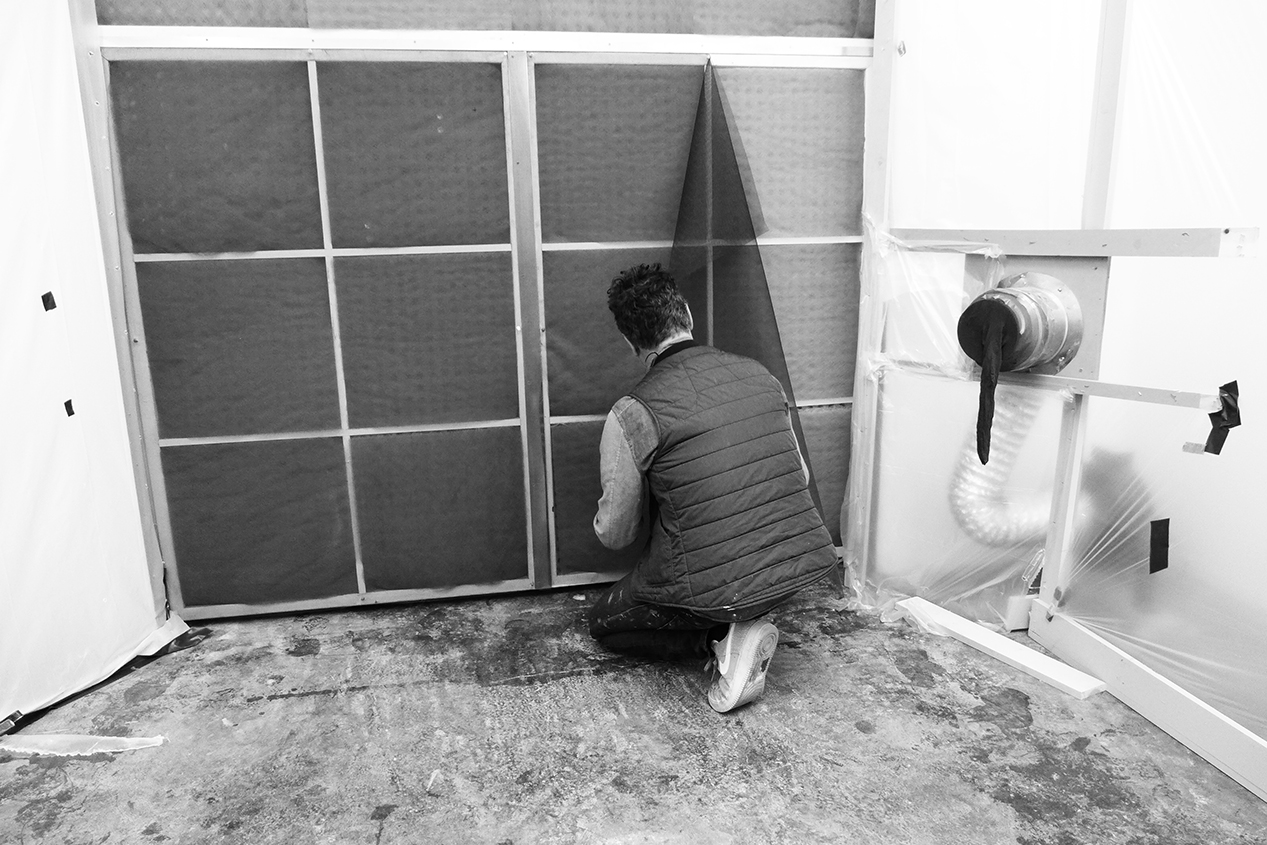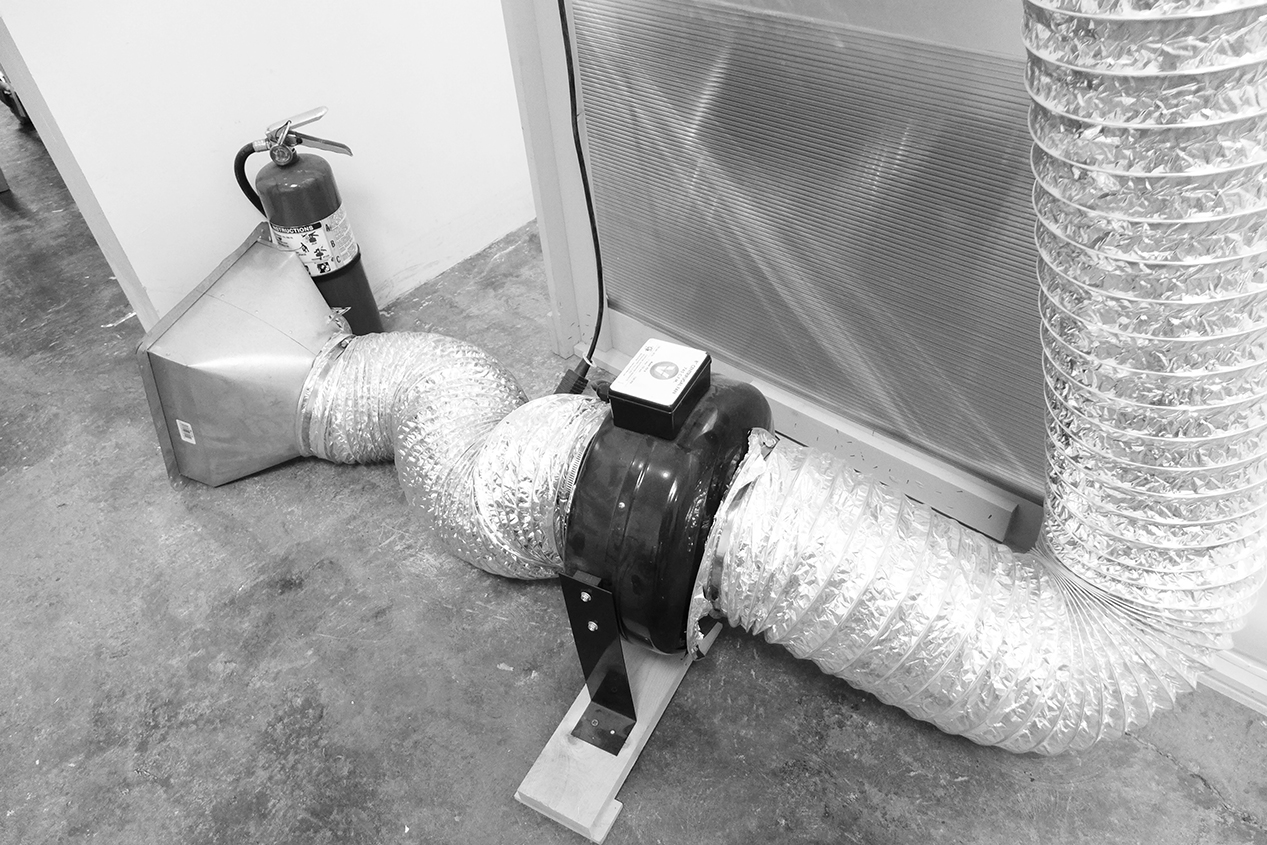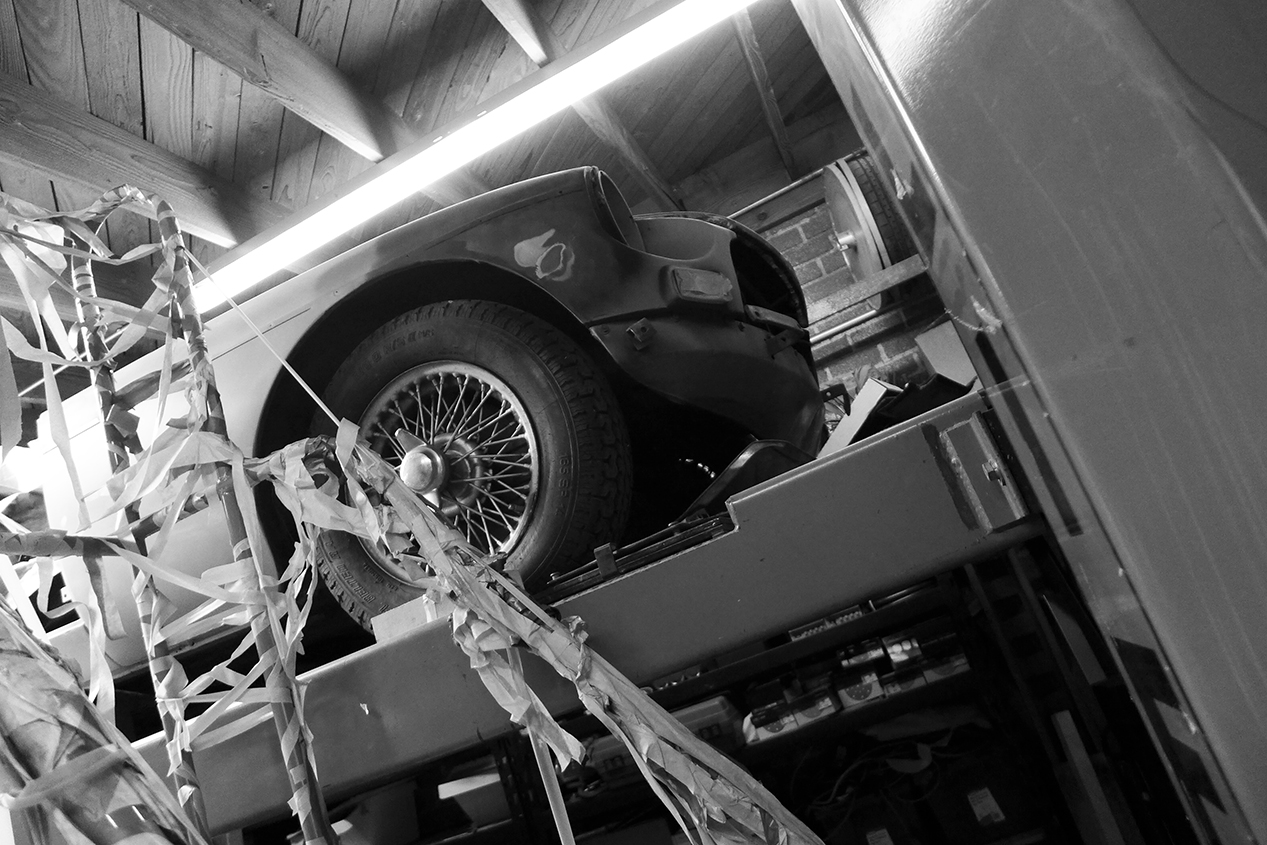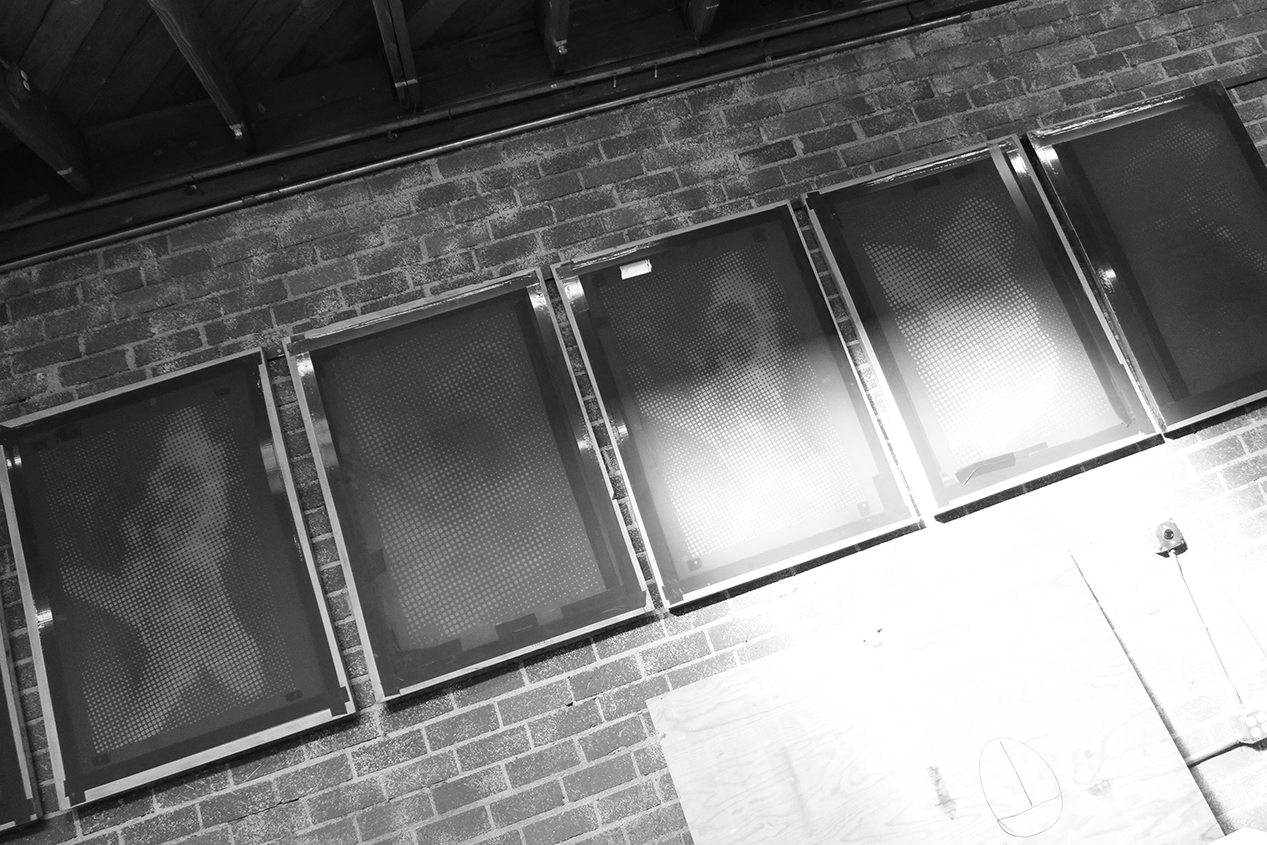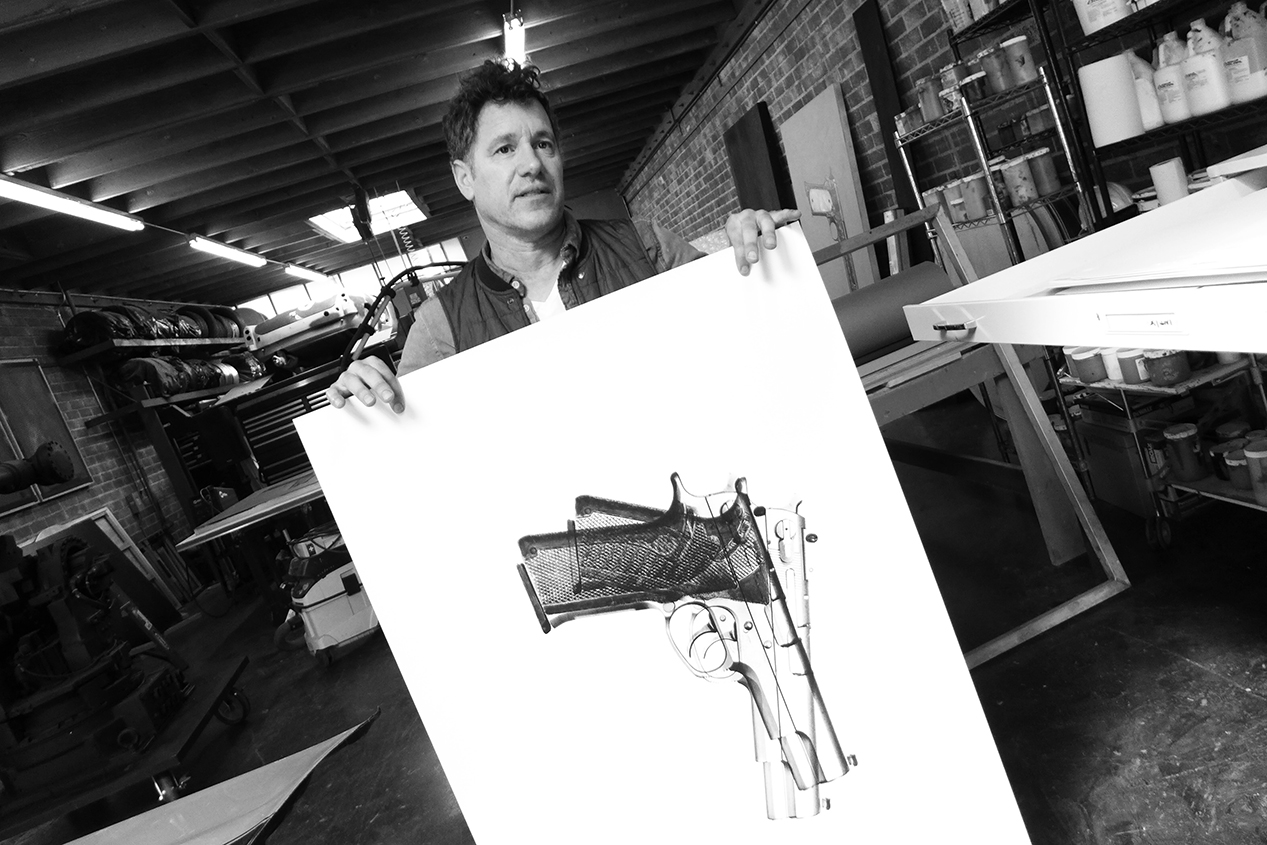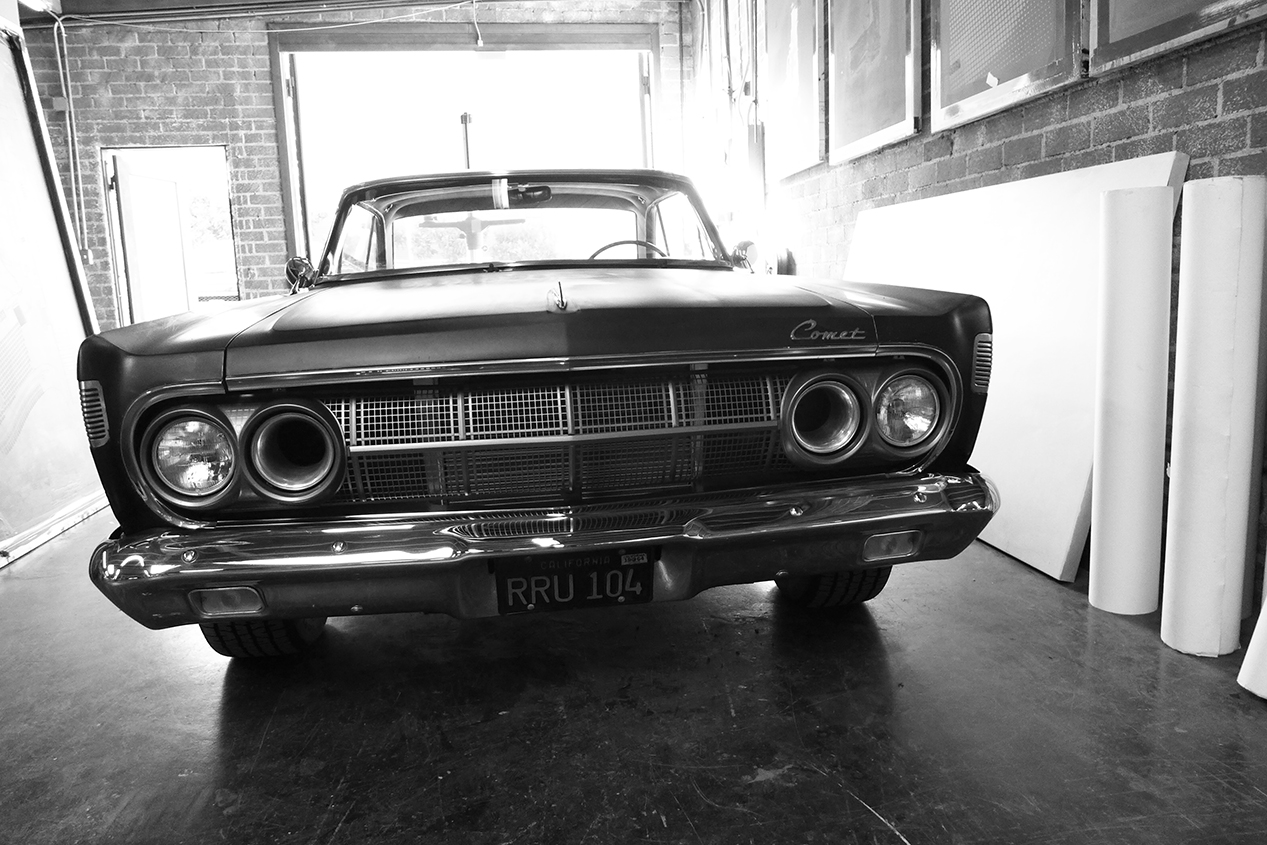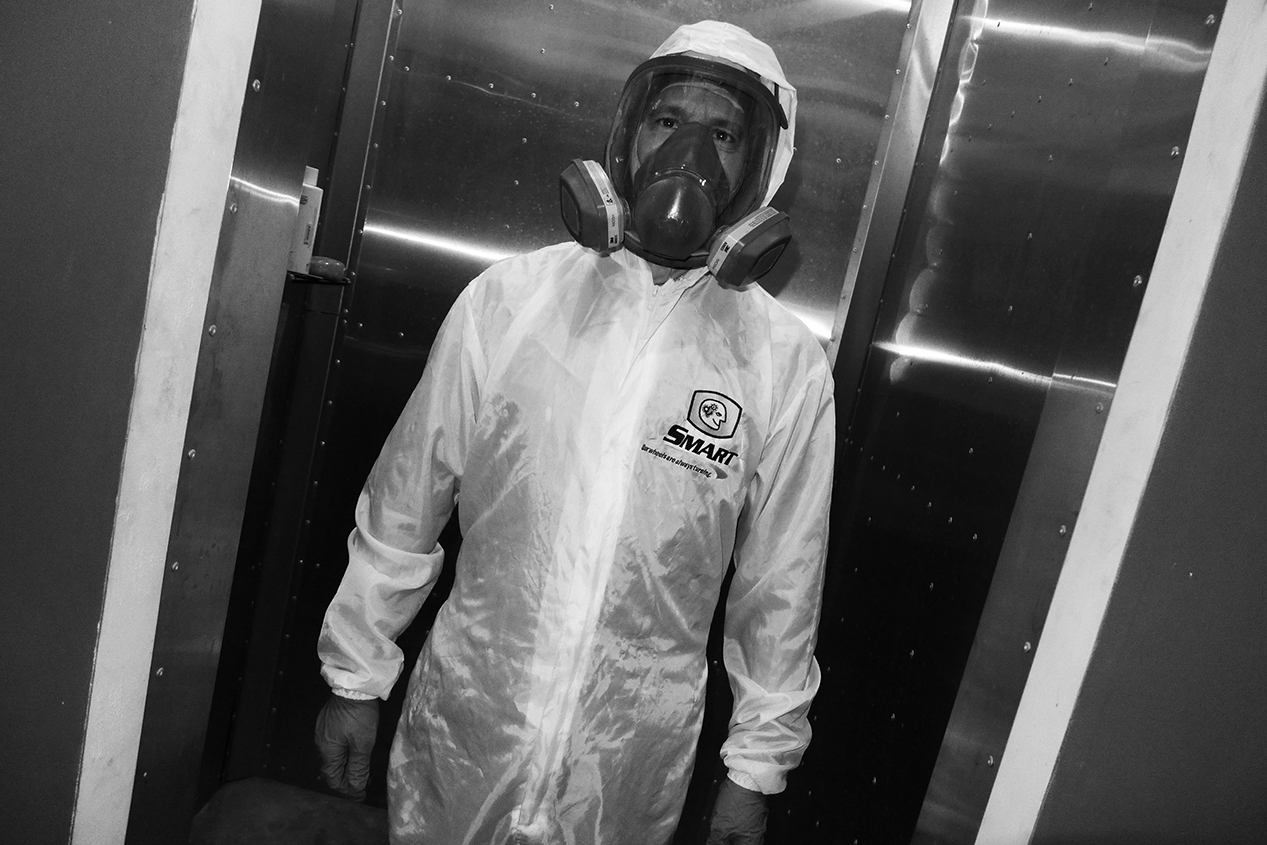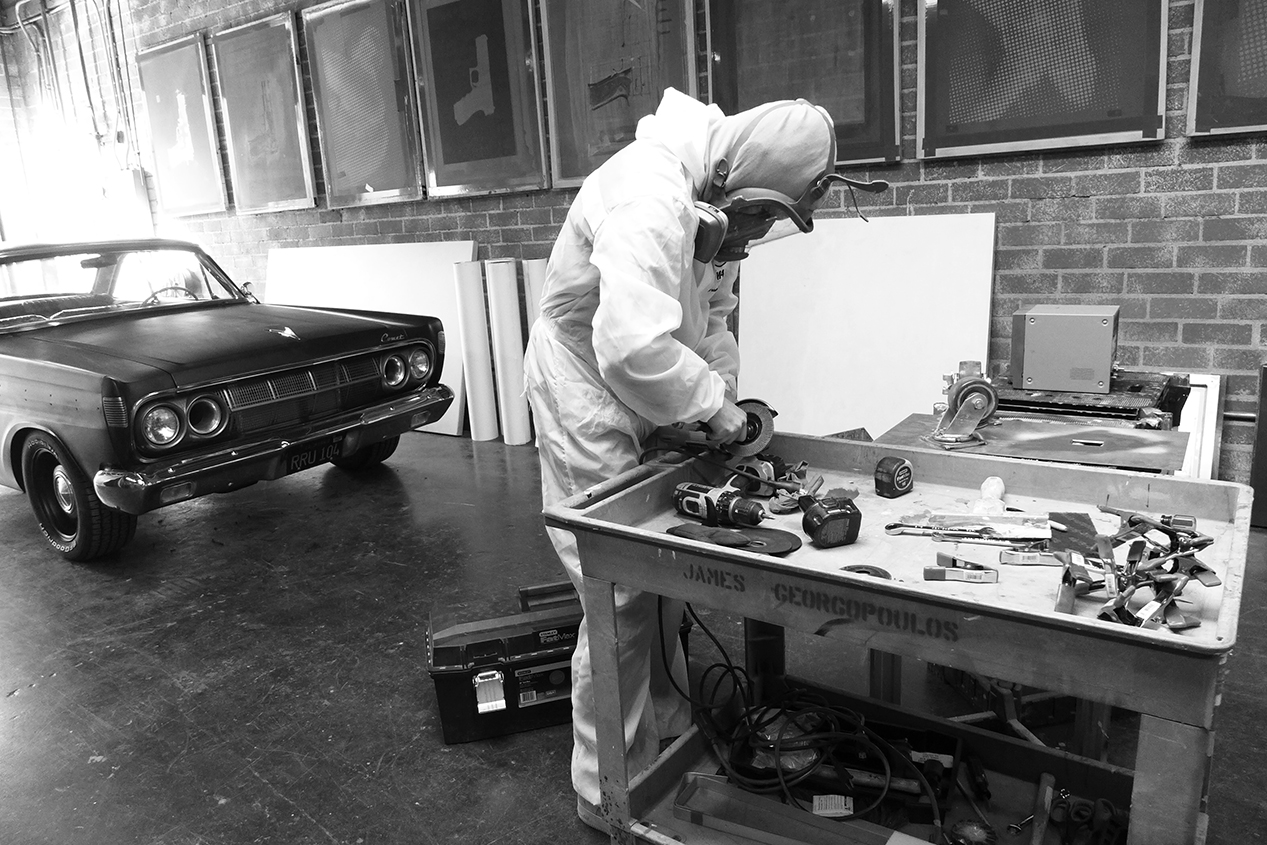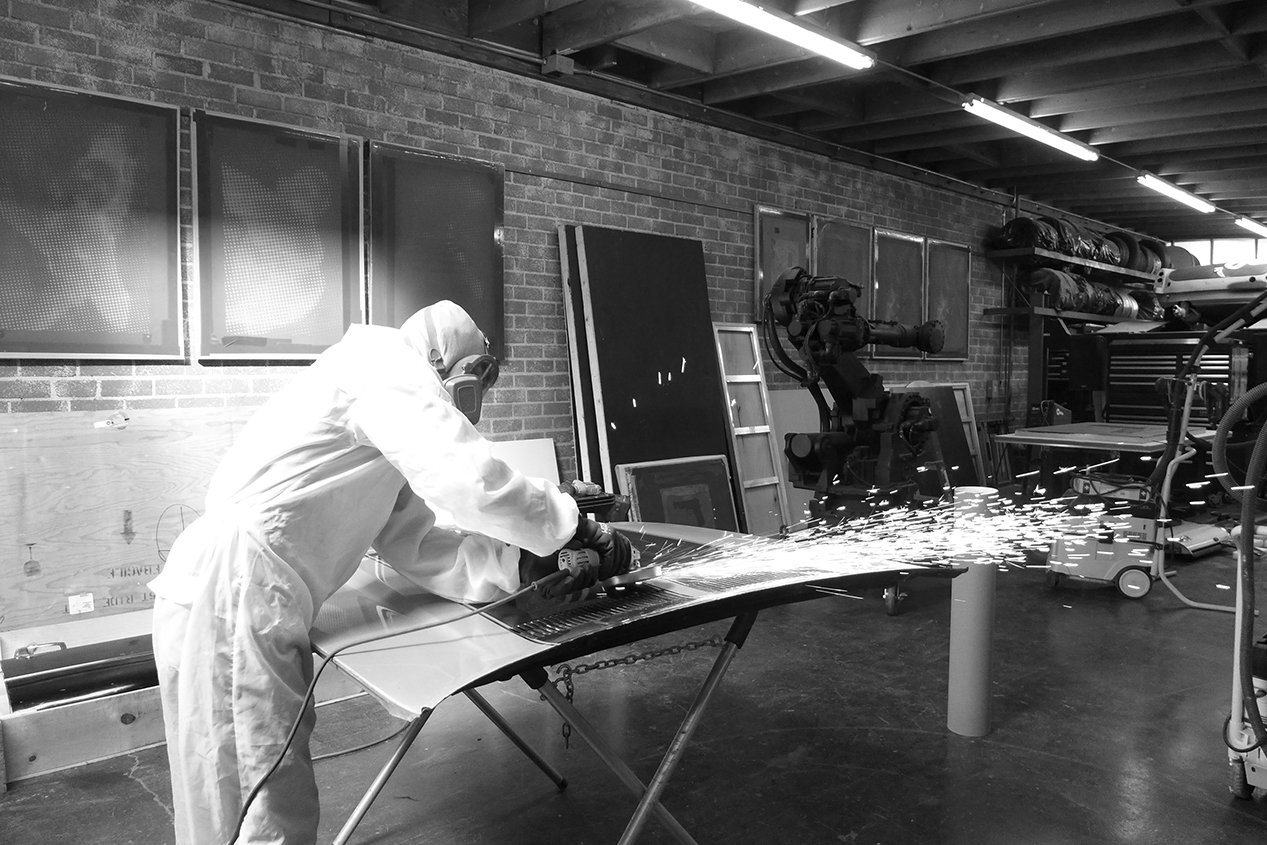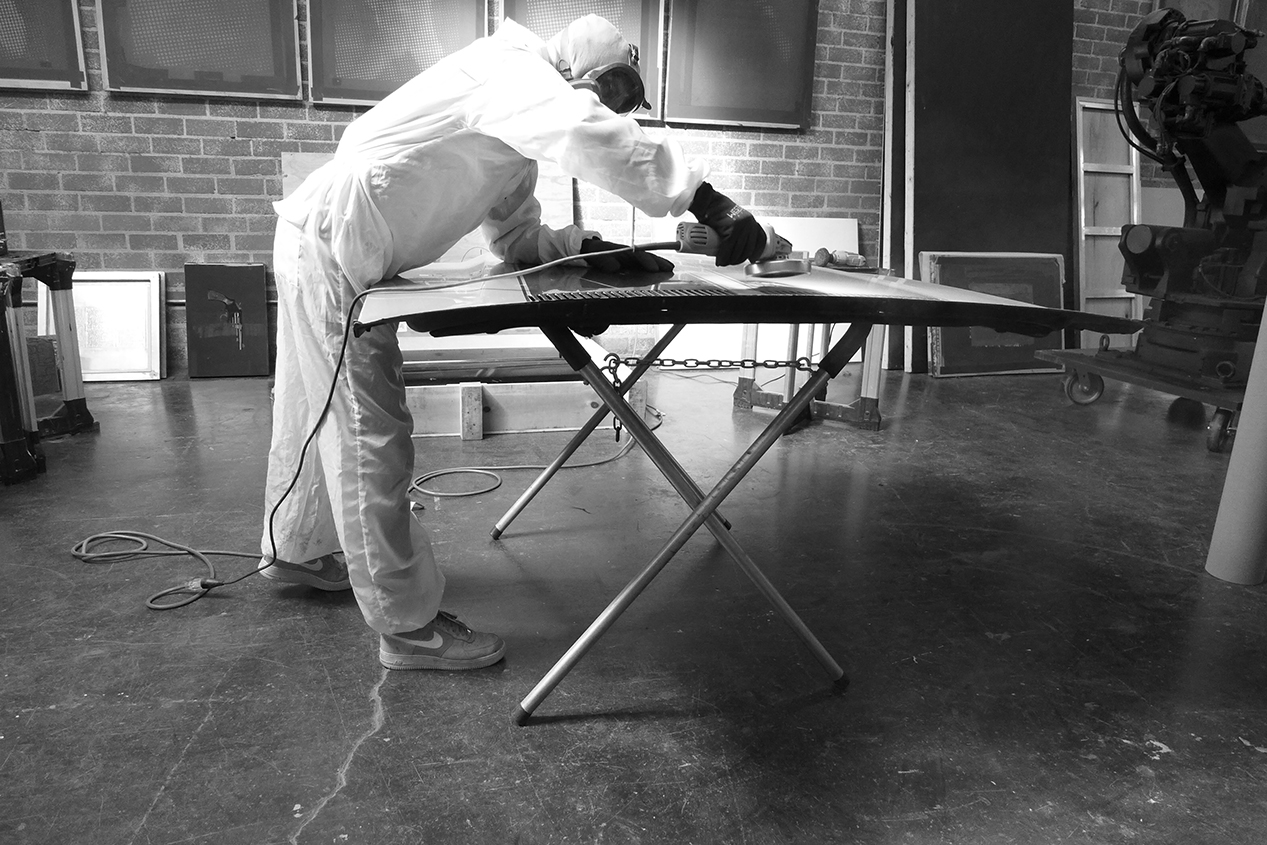American Artist: Earthseed is the second in a three-part film series from Hyundai Artlab spotlighting the Art + Technology Lab at LACMA—a pioneering program revitalized through Hyundai Motor and LACMA’s partnership since 2015. The series highlights the Lab’s commitment to fostering bold, cross-disciplinary projects that challenge conventional boundaries in art and technology.
In this short film, American Artist brings a multi-year collaboration with the Lab into focus providing an in-depth, behind-the-scenes look at the making of The Monophobic Response, a two-channel film and sculptural installation inspired by Octavia E. Butler’s speculative narratives.
This film takes a closer look at how American Artist’s creative process incorporates historical events and imaginative storytelling to interrogate modern societal structures. Reimagining a 1936 rocket engine test through Octavia E. Butler’s lens, American Artist transforms archival material into a critique of societal and technological dynamics. Together the film and the work challenge perceptions of progress and underscores the role of inclusive storytelling in shaping our understanding of the future.





